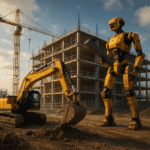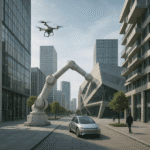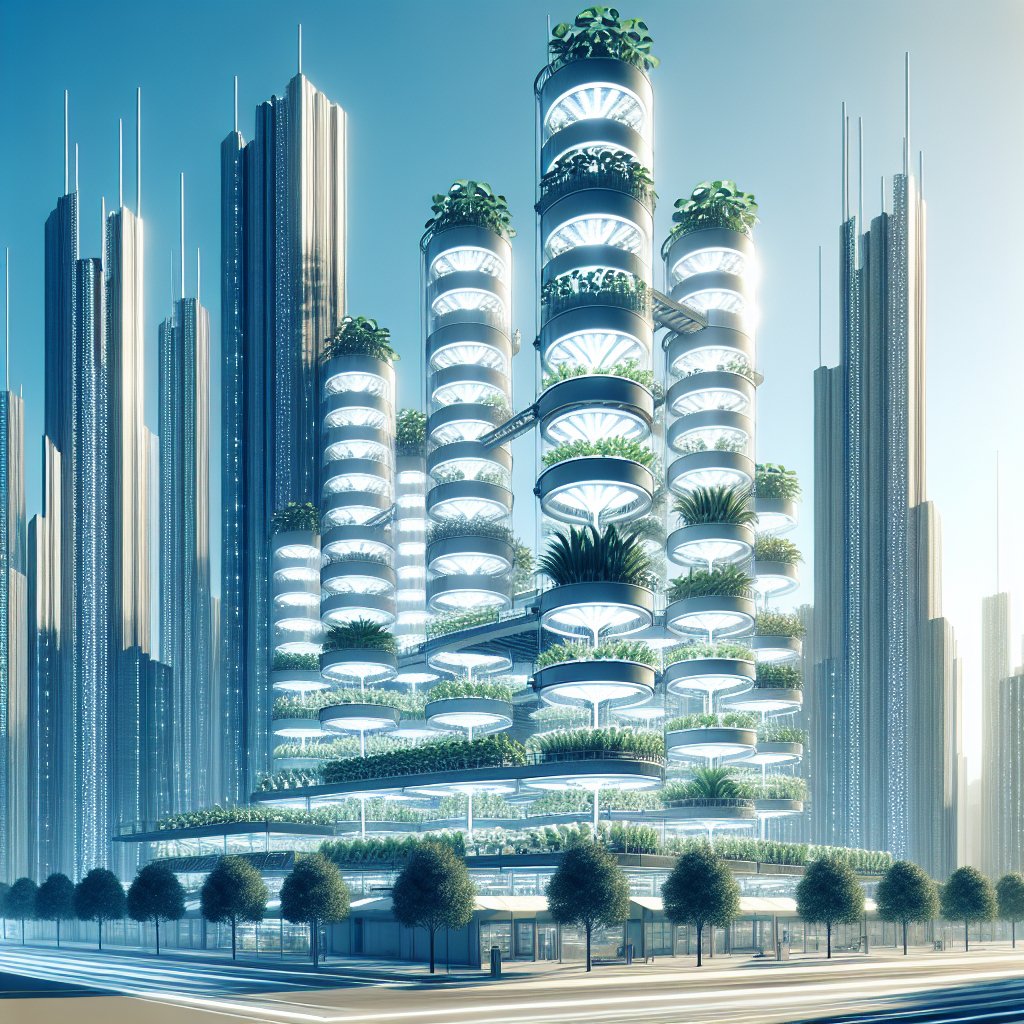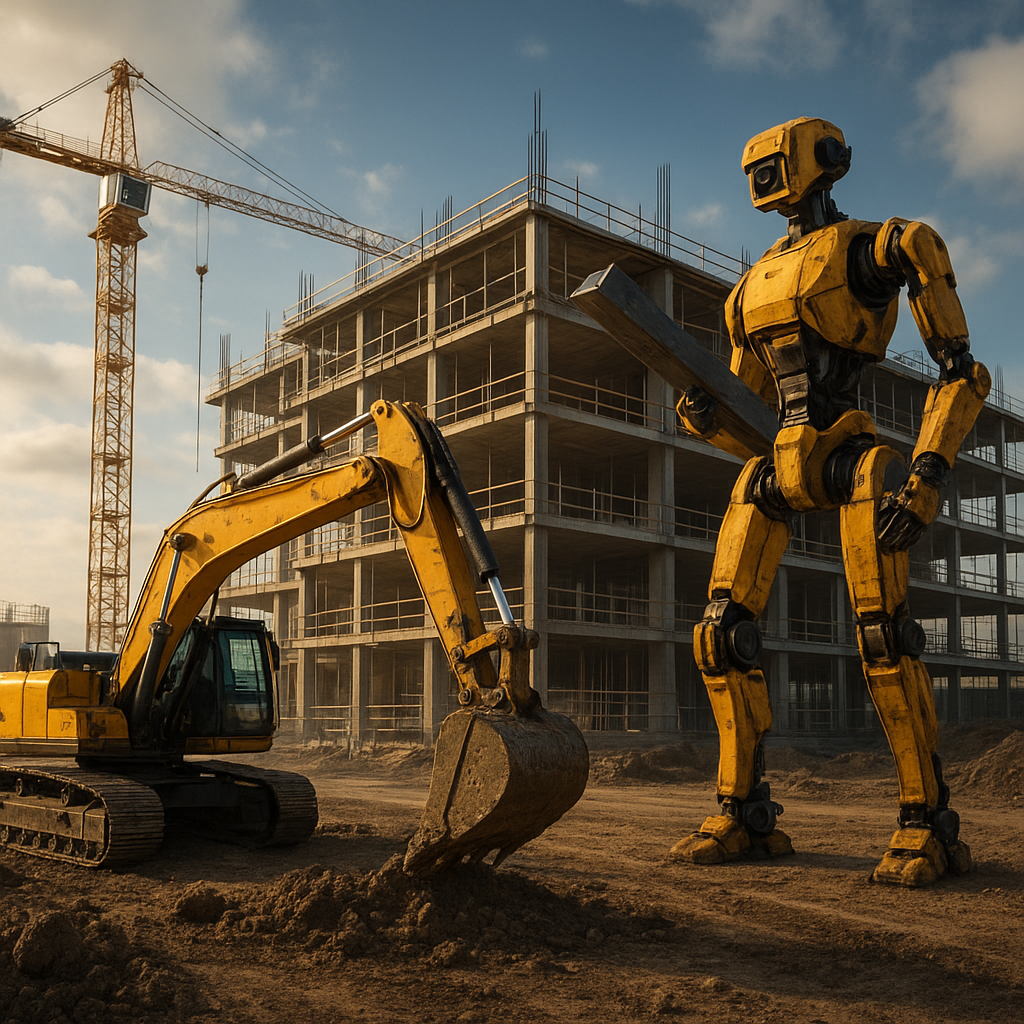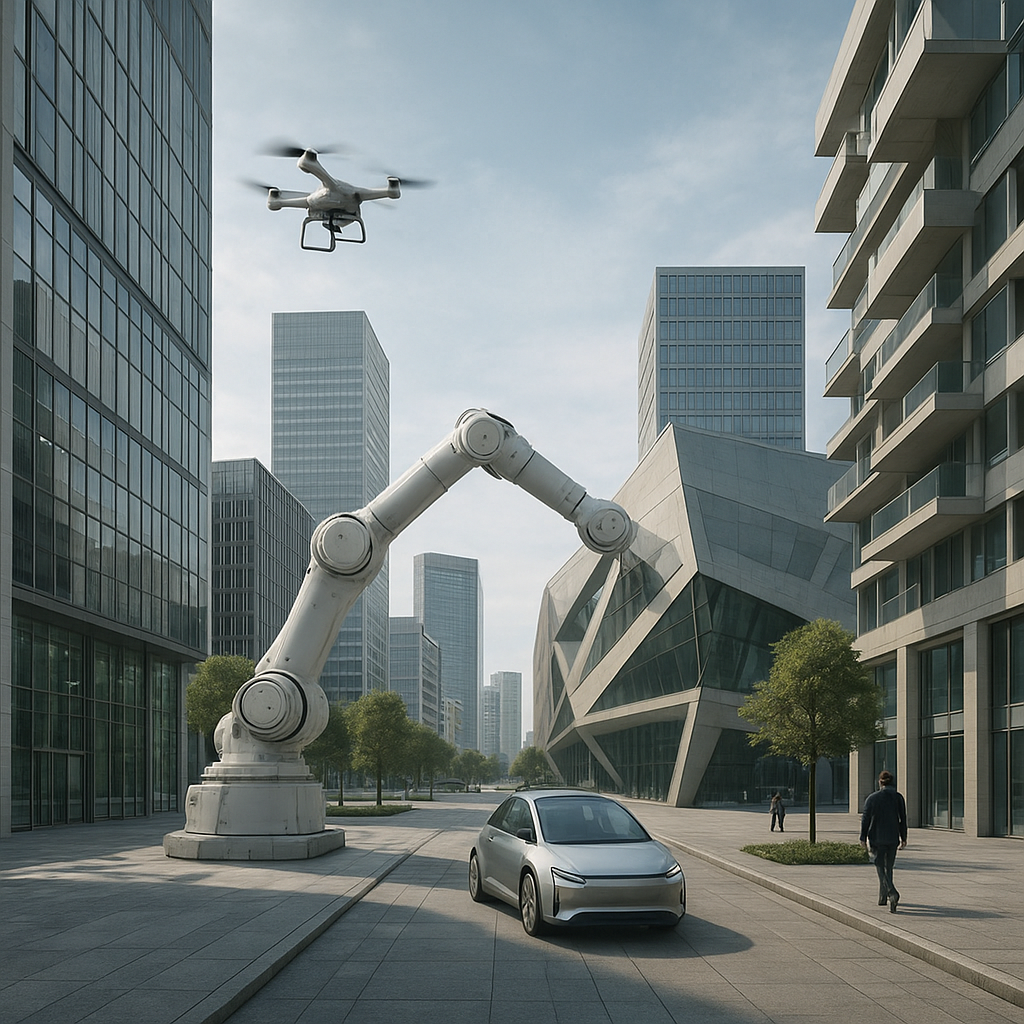As urban areas continue to expand and the global population rises, the need for sustainable and efficient food production methods becomes increasingly critical. Hydroponic towers, a revolutionary approach to urban agriculture, offer a promising solution to this challenge. By integrating advanced technology with innovative design, these structures are poised to transform the way we think about food production in cities.
The Concept of Hydroponic Towers
Hydroponic towers are vertical farming systems that utilize hydroponics, a method of growing plants without soil, using mineral nutrient solutions in a water solvent. This technique allows for the cultivation of crops in urban environments where space is limited and traditional farming is not feasible. The towers are designed to maximize vertical space, enabling the growth of a large number of plants in a relatively small footprint.
The concept of hydroponic towers is rooted in the principles of sustainability and efficiency. By eliminating the need for soil, these systems reduce the risk of soil-borne diseases and pests, leading to healthier plants and higher yields. Additionally, hydroponic systems use significantly less water than traditional farming methods, making them an environmentally friendly option for urban agriculture.
One of the key advantages of hydroponic towers is their ability to produce fresh, local produce year-round. By controlling the growing environment, including temperature, humidity, and light, these systems can optimize plant growth and ensure a consistent supply of fresh food, regardless of the season. This not only reduces the carbon footprint associated with transporting food over long distances but also provides urban communities with access to nutritious, locally grown produce.
Design and Technology in Hydroponic Towers
The design of hydroponic towers is a critical factor in their success as a sustainable urban agriculture solution. These structures are typically modular, allowing for easy scalability and customization to fit the specific needs of a given urban area. The towers can be constructed from a variety of materials, including recycled plastics and metals, further enhancing their sustainability credentials.
Advanced technology plays a crucial role in the operation of hydroponic towers. Automated systems monitor and control the growing environment, ensuring optimal conditions for plant growth. Sensors collect data on factors such as nutrient levels, pH, and temperature, allowing for precise adjustments to be made in real-time. This level of control not only maximizes crop yields but also minimizes resource use, making hydroponic towers an efficient and sustainable option for urban agriculture.
Lighting is another important aspect of hydroponic tower design. Many systems use LED grow lights, which are energy-efficient and can be tailored to provide the specific wavelengths of light that plants need for photosynthesis. This allows for the cultivation of a wide variety of crops, from leafy greens to fruiting plants, in a controlled indoor environment.
In addition to their practical benefits, hydroponic towers also offer aesthetic and social advantages. These structures can be integrated into urban landscapes, serving as green spaces that enhance the visual appeal of cities. They can also provide educational opportunities, teaching urban residents about sustainable agriculture and the importance of local food production.
Challenges and Future Prospects
Despite their many advantages, hydroponic towers face several challenges that must be addressed to realize their full potential. One of the primary obstacles is the initial cost of setting up these systems, which can be prohibitive for some urban communities. However, as technology advances and economies of scale are achieved, the cost of hydroponic towers is expected to decrease, making them more accessible to a wider range of users.
Another challenge is the need for technical expertise to operate and maintain hydroponic systems. While automation can simplify many aspects of the growing process, a certain level of knowledge is still required to ensure optimal performance. Training programs and educational initiatives can help bridge this gap, empowering urban residents to take advantage of the benefits offered by hydroponic towers.
Looking to the future, the prospects for hydroponic towers in urban agriculture are promising. As cities continue to grow and the demand for sustainable food production increases, these innovative structures are likely to become an integral part of the urban landscape. By providing a reliable source of fresh, local produce, hydroponic towers have the potential to improve food security, reduce environmental impact, and enhance the quality of life for urban residents.
In conclusion, hydroponic towers represent a forward-thinking approach to urban agriculture that combines cutting-edge technology with sustainable design. As we continue to explore new ways to feed our growing population, these structures offer a glimpse into the future of food production in cities, where space is limited, and resources are precious. By embracing this innovative solution, we can create more resilient and sustainable urban environments for generations to come.
